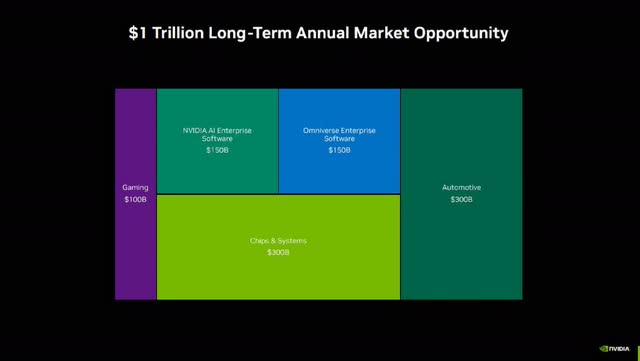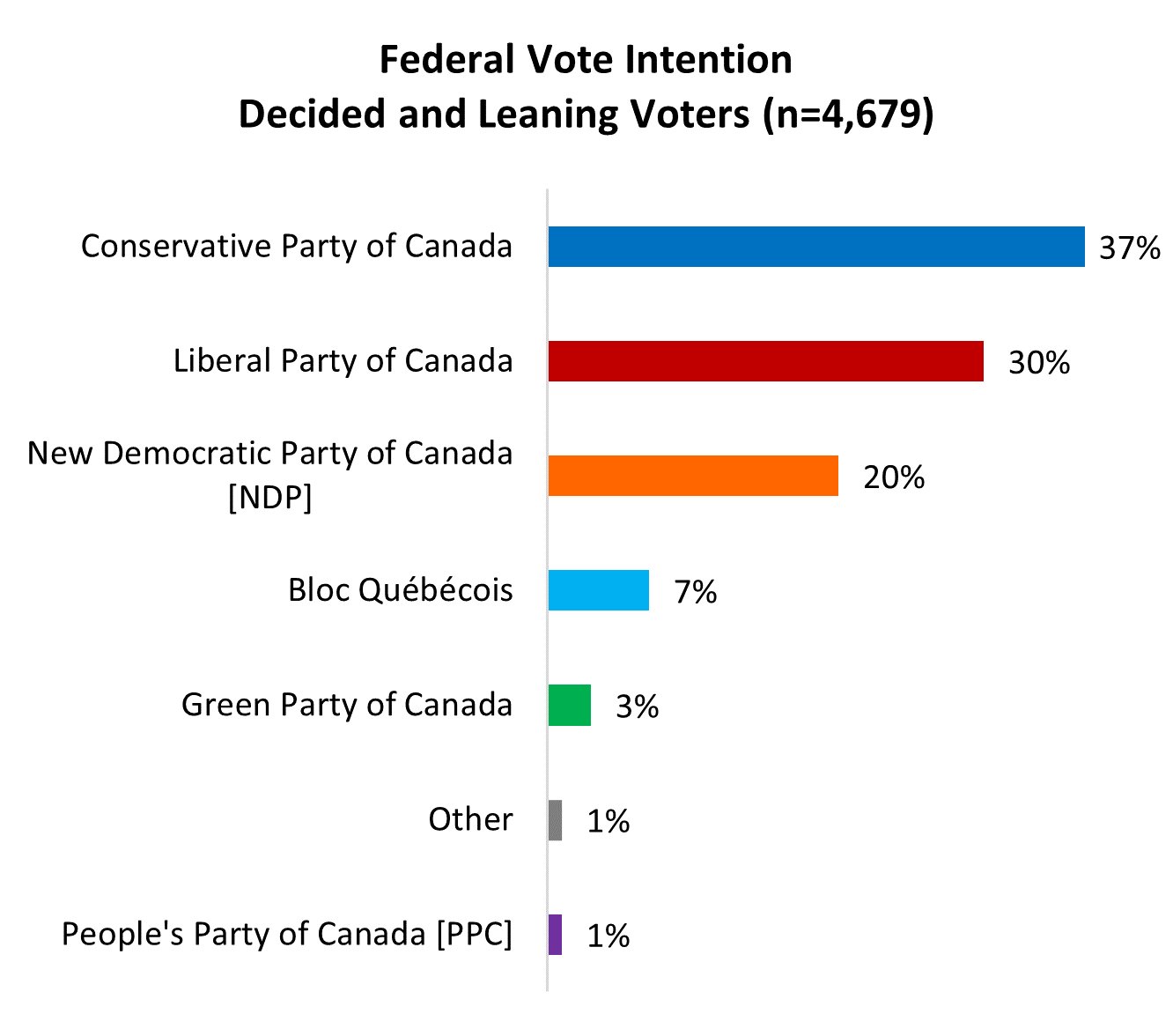The Trump Factor And Nvidia's Future Prospects

Table of Contents
The Impact of Trade Wars and Tariffs on Nvidia's Supply Chain
The Trump administration's trade war with China, characterized by escalating tariffs and trade restrictions, significantly impacted Nvidia's supply chain. A substantial portion of Nvidia's manufacturing and component sourcing relies on Chinese manufacturers and suppliers. The imposition of tariffs led to increased manufacturing costs, directly affecting Nvidia's profitability and margins. This necessitated strategic adjustments to mitigate these risks, including exploring alternative manufacturing locations and diversifying its supply chain. However, shifting manufacturing away from China is a complex and costly undertaking, fraught with challenges related to infrastructure, skilled labor, and logistics.
- Increased manufacturing costs due to tariffs: Tariffs added a substantial percentage to the cost of components, reducing profit margins.
- Supply chain disruptions and potential for delays: Reliance on a geographically concentrated supply chain created vulnerabilities to trade disruptions.
- Strategic adjustments to mitigate risks: Nvidia actively sought alternative suppliers and manufacturing locations to reduce its reliance on China.
- Long-term implications for global supply chain strategy: The experience underscored the need for greater diversification and resilience in global supply chain management.
Technological Competition and National Security Concerns
The Trump administration's emphasis on national security profoundly influenced the semiconductor industry. Restrictions on technology exports to China, particularly concerning advanced AI and GPU technologies, intensified competition and created new strategic challenges for Nvidia. This heightened scrutiny aimed to curb China's technological advancement in strategically important sectors, placing Nvidia in a complex geopolitical arena. Simultaneously, the US government increased incentives and funding for domestic semiconductor manufacturing, fostering the growth of domestic competitors and further shaping the competitive landscape.
- Increased scrutiny of technology exports to sensitive markets: Nvidia faced increased regulatory hurdles when exporting its advanced technologies to certain countries.
- Impact on Nvidia's collaborations with Chinese companies: Existing partnerships and collaborations faced heightened scrutiny and potential restrictions.
- Government incentives and funding for domestic semiconductor manufacturing: US government initiatives spurred investment in domestic manufacturing capacity, intensifying competition.
- Growth of domestic competitors in the US semiconductor market: The focus on domestic production led to the rise of new competitors vying for market share.
The Long-Term Effects of Policy Changes on Nvidia's Innovation and Growth
The policy shifts initiated during the Trump administration have had lasting impacts on Nvidia's R&D investments and overall growth trajectory. The need to navigate trade restrictions and geopolitical uncertainty influenced strategic decisions regarding investment in advanced manufacturing capabilities and accelerated research in AI and high-performance computing. The uncertainty also affected international collaborations and partnerships, potentially hindering technological advancements in certain areas. Future policy changes—which may involve further regulation, export controls, or subsidies—will continue to impact Nvidia's long-term growth trajectory.
- Investment in advanced manufacturing capabilities: Nvidia accelerated its investments in domestic and diversified manufacturing facilities.
- Accelerated research in AI and high-performance computing: The competitive landscape spurred increased investments in cutting-edge research and development.
- Impact on international collaborations and partnerships: Geopolitical tensions complicated international collaborations and knowledge sharing.
- Potential for future legislative changes impacting the semiconductor sector: The ongoing evolution of trade policy and national security concerns will continue to influence Nvidia's strategy.
Analyzing Nvidia's Strategic Response to the "Trump Factor"
Nvidia has responded strategically to the challenges posed by the "Trump Factor." The company has undertaken significant efforts to diversify its manufacturing, supply chain, and customer base. This includes forging strategic partnerships and alliances, investing in domestic manufacturing facilities, and engaging in lobbying efforts to influence policy decisions. The effectiveness of these strategies will continue to unfold as the geopolitical landscape continues to evolve, but Nvidia's proactive approach demonstrates its commitment to navigating the complexities of the global semiconductor market.
- Strategic partnerships and alliances: Nvidia formed alliances to share resources, technologies, and reduce reliance on any single supplier or geographic region.
- Investments in domestic manufacturing facilities: Nvidia invested in manufacturing capabilities within the US to reduce reliance on overseas production.
- Lobbying efforts to influence policy decisions: Nvidia actively engaged with policymakers to advocate for policies beneficial to the semiconductor industry.
- Adapting to evolving regulations and restrictions: Nvidia continuously adapted its business practices to comply with evolving trade regulations and export controls.
Conclusion: The Future of Nvidia in a Shifting Geopolitical Landscape
The "Trump Factor" has profoundly impacted Nvidia's future prospects, presenting both challenges and opportunities. The trade wars, technology sanctions, and focus on national security have created a more complex and competitive environment. However, Nvidia's strategic responses—including diversification, investment in domestic manufacturing, and proactive engagement with policymakers—demonstrate its resilience and adaptability. The future of Nvidia, and indeed the entire semiconductor industry, remains closely tied to the evolution of geopolitical factors. Continue researching the impact of geopolitical factors on the semiconductor industry and Nvidia's future prospects. Further reading on the topic of the Trump Factor and Nvidia’s strategic response is highly encouraged.

Featured Posts
-
 Kort Geding Kampen Vs Enexis Gevecht Om Stroomnetaansluiting
May 01, 2025
Kort Geding Kampen Vs Enexis Gevecht Om Stroomnetaansluiting
May 01, 2025 -
 Generator Of Alternatief Energiezekerheid Voor Bio Based Basisscholen
May 01, 2025
Generator Of Alternatief Energiezekerheid Voor Bio Based Basisscholen
May 01, 2025 -
 The Ripple Xrp Phenomenon A Path To Cryptocurrency Millions
May 01, 2025
The Ripple Xrp Phenomenon A Path To Cryptocurrency Millions
May 01, 2025 -
 Guide Pratique L Accompagnement Numerique Pour Les Thes Dansants
May 01, 2025
Guide Pratique L Accompagnement Numerique Pour Les Thes Dansants
May 01, 2025 -
 Canadas Election Mark Carneys Liberals Triumph Over Conservatives
May 01, 2025
Canadas Election Mark Carneys Liberals Triumph Over Conservatives
May 01, 2025
Latest Posts
-
 Leo Carlssons Two Goals Anaheim Ducks Narrow Loss To Dallas Stars
May 01, 2025
Leo Carlssons Two Goals Anaheim Ducks Narrow Loss To Dallas Stars
May 01, 2025 -
 Anaheim Ducks Vs Dallas Stars Carlssons Two Goals Overshadowed By Ot Defeat
May 01, 2025
Anaheim Ducks Vs Dallas Stars Carlssons Two Goals Overshadowed By Ot Defeat
May 01, 2025 -
 Carlssons Double Digit Performance Anaheim Ducks Fall To Dallas Stars In Ot
May 01, 2025
Carlssons Double Digit Performance Anaheim Ducks Fall To Dallas Stars In Ot
May 01, 2025 -
 Zakharova O Rekorde Ovechkina V N Kh L
May 01, 2025
Zakharova O Rekorde Ovechkina V N Kh L
May 01, 2025 -
 Ovechkin I Ego Rekord V N Kh L Reaktsiya Zakharovoy
May 01, 2025
Ovechkin I Ego Rekord V N Kh L Reaktsiya Zakharovoy
May 01, 2025
